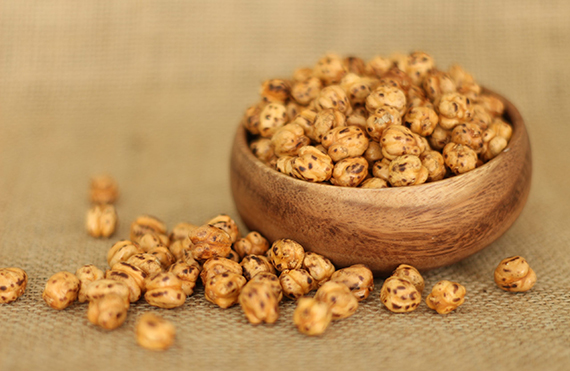Çorum food culture has a special place with its rich and diverse structure. Especially known as the "Çorum quintet" and performed at weddings; In addition to the main delicacies such as wedding soup, stew, pilaf, water pastry and baklava, there are food types and cooking types that have their own characteristics in the city center, districts and villages.
Dishes, which reflect the geographical, economic and agricultural characteristics of the region in which they are made, have ceased to belong to any region or city over time, with the development of communication and technology; The dish made with the same ingredients has become prepared in different regions of Turkey with a different name or presentation. This has gained popularity and recognition.

In Çorum folk culture, in the past, the expression "soup kitchen" or "soup kitchen" was more commonly preferred as well as the use of the term cuisine. In accordance with the traditional architecture of the province, this kitchen-soup kitchen-soup kitchen is organized in a detached place. The lower parts of two-storey buildings and the sides of single-storey buildings were generally used for this purpose. Although there are other complementary elements of this place where the food is cooked, naturally the most important places are "ocak", "ocakbaşı", "ocake threshold". On both sides of the hearth, there are cells made of plaster, called "medina" and "terece", built into the walls to store small items, and next to them, there are "sub-districts", also built into the walls, divided into cells on top of each other with boards. Copper pans, called "kapaklık" and copper trays, called "masaf", which are tinned and shiny and look large and small, are arranged on the shelves. Additionally, almost every house has a hangar-storage "hangar", covered with bricks and often open around it. In a suitable place in this hangar, there is a very large furnace, four or five meters long and two meters deep. Inside this furnace, there is another furnace called a specially made "küre", which is used for boiling molasses, a "tandoor" for baking phyllo bread, and another furnace that can accommodate a large cauldron for curdling must and boiling bleach. During the vineyard season, grapes are crushed and must is made. Jams and molasses are cooked and multiplied, laundry is washed, and piles of wood are stacked in empty corners. On one side, there is a wooden trough called "şınavat" for bringing grapes from the vineyard, a container called "şapşal" for carrying grapes, and a "cendere" for squeezing grapes. With the influence of urbanization in Çorum, apartment life has developed and the traditional kitchen type has changed. However, the traditional kitchen type has been preserved in detached houses and village houses, which are called flat-footed. In apartment buildings, the kitchen is usually next to the living room. The kitchen is full of cabinets and various white goods. The tulle curtains that were closed in front of the terraces were replaced by cabinets with doors in the apartments. The tradition of covering, which started to protect from dust, has over time become a showcase where housewives and young girls decorate their kitchens with lace and show off their skills. While this lace culture continues today, we also see magnetic cabinet ornaments in some houses. In addition, in traditional Çorum life, the embroidered handkerchiefs given to guests at meals have been replaced by paper napkins. Çorum cuisine, which is famous for its roasted chickpeas and has nearly a hundred types of dishes, reflects on the tables what it has accumulated in its thousands of years of history. In different places that offer local tastes, yeast (sac yeast, pan yeast), yanıç, cızlak, breast tomato, söbelek stuffed, kömbe, oğmaç, hingal, poppy seed bun, borhani (dough, egg, mushroom), helise, çullama, dımak, tirit, You can taste delicacies such as İskilip stuffed, dried manti, keskek, black sack halva, hedik, teltel, has baklava, malak and hasida.


